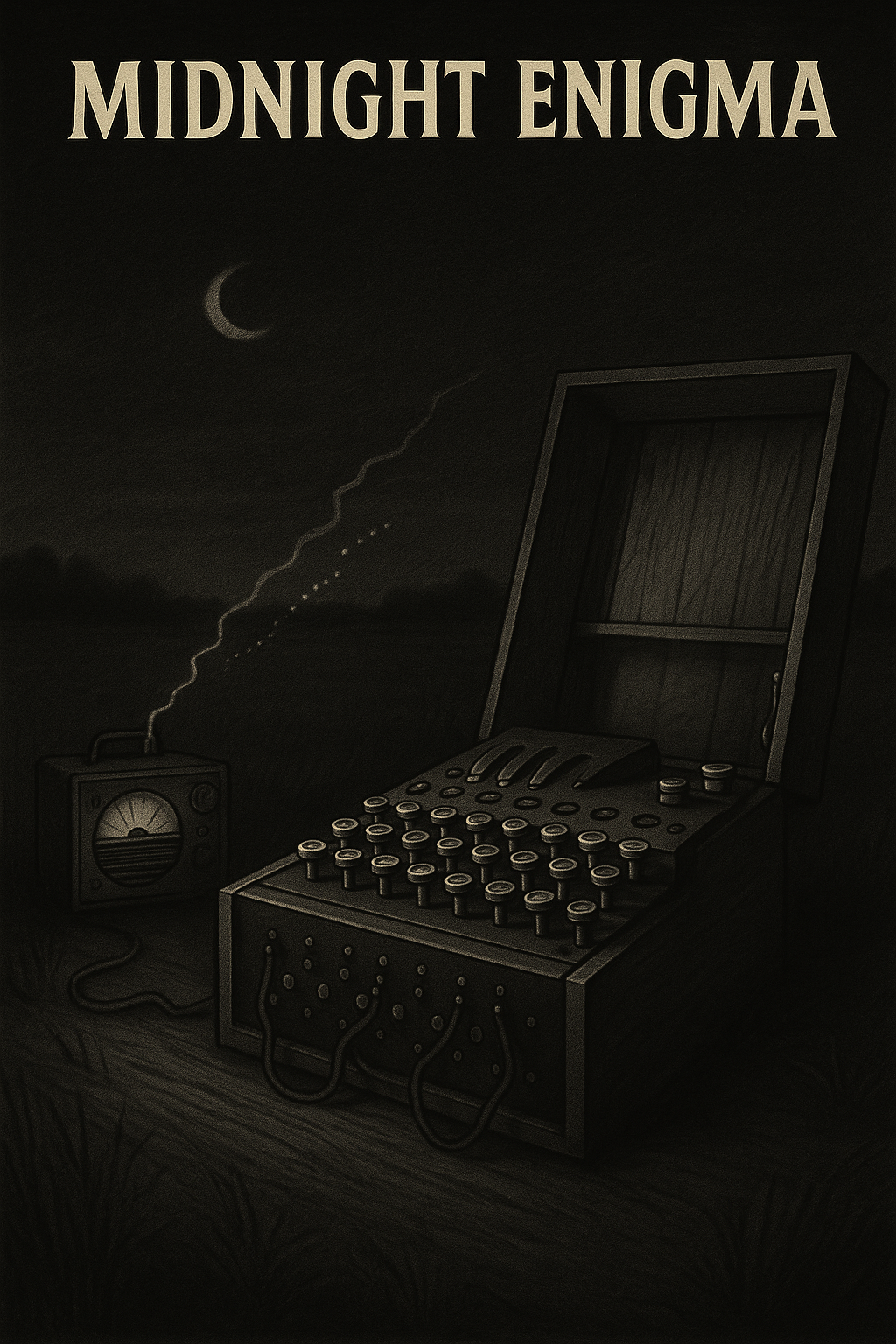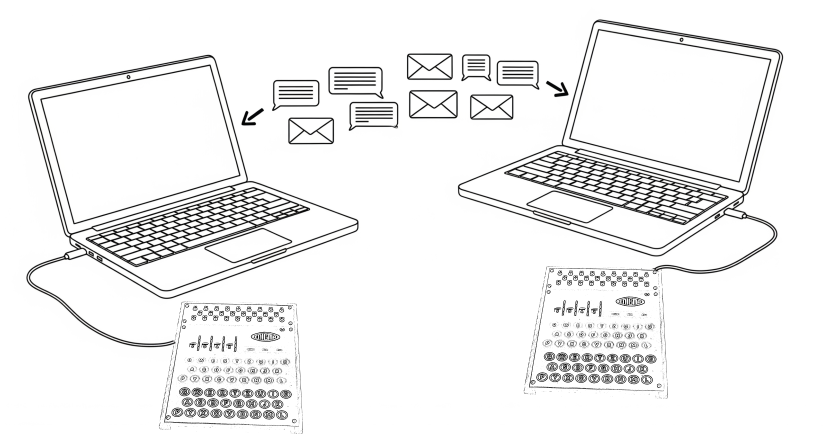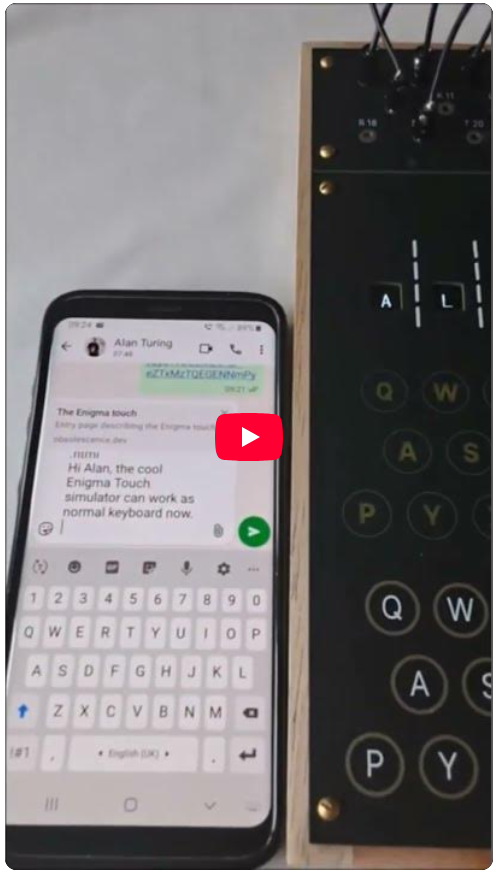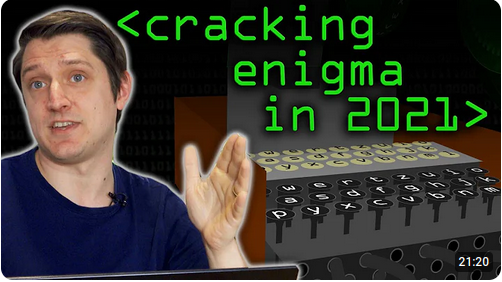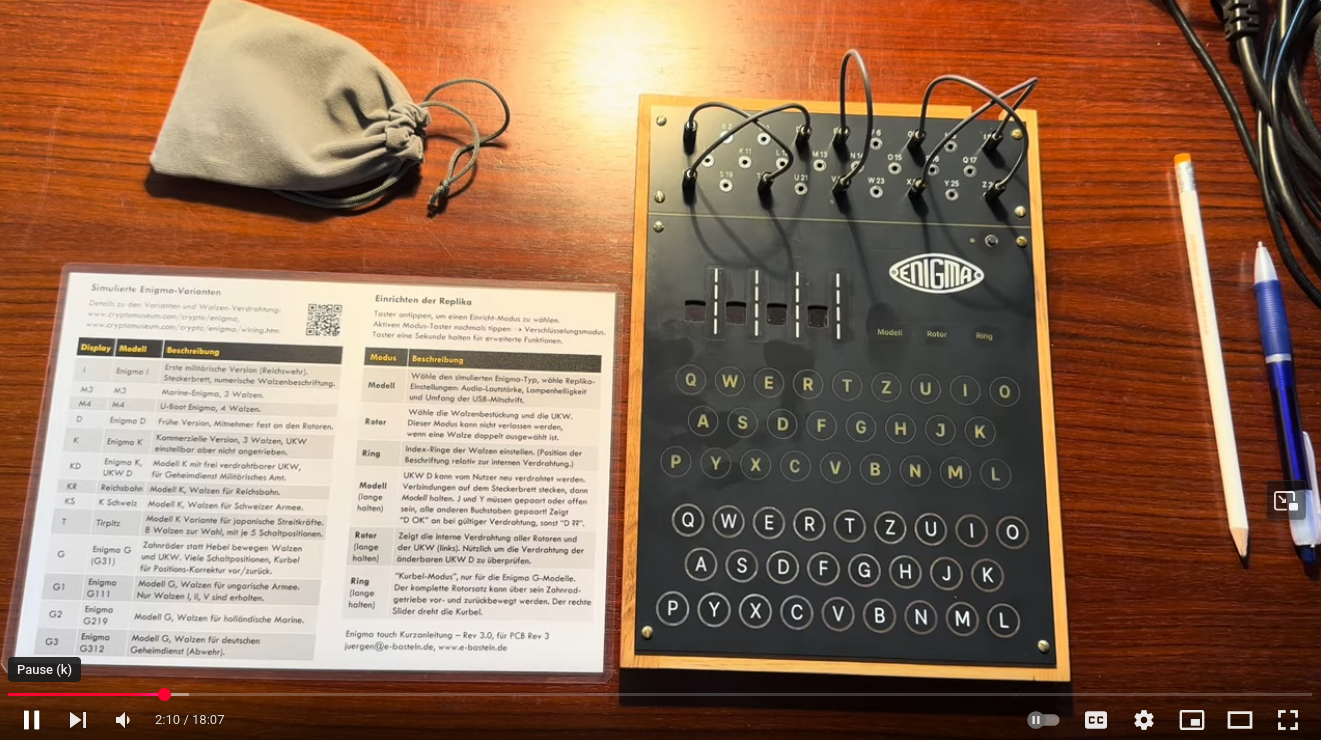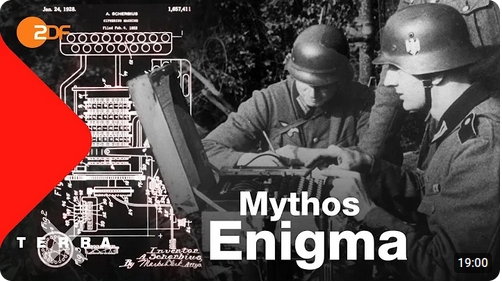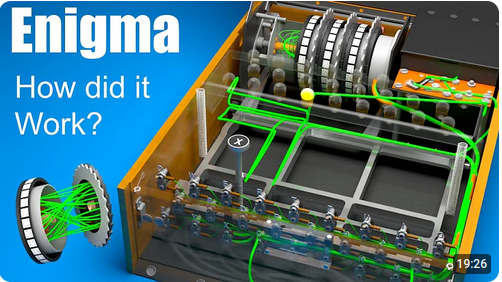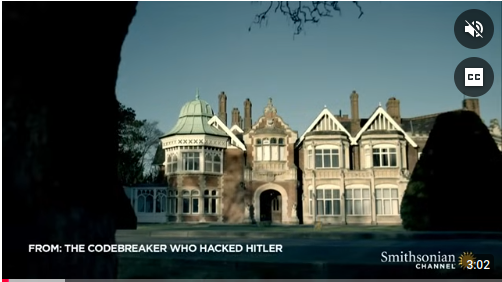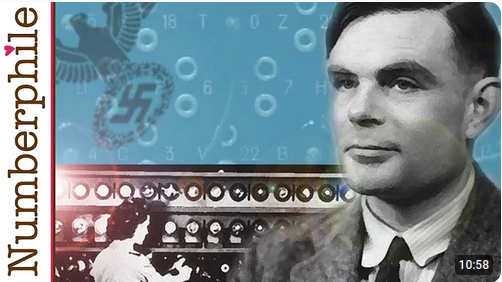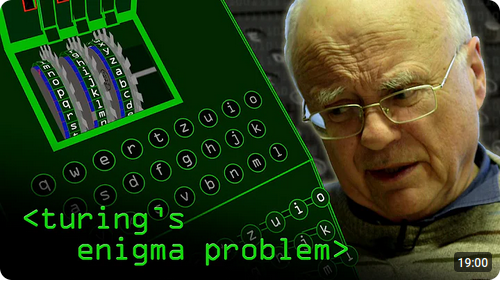Enigma Replica: The Enigma touch
WWII’s legendary cipher machine, reimagined for the 21st century.
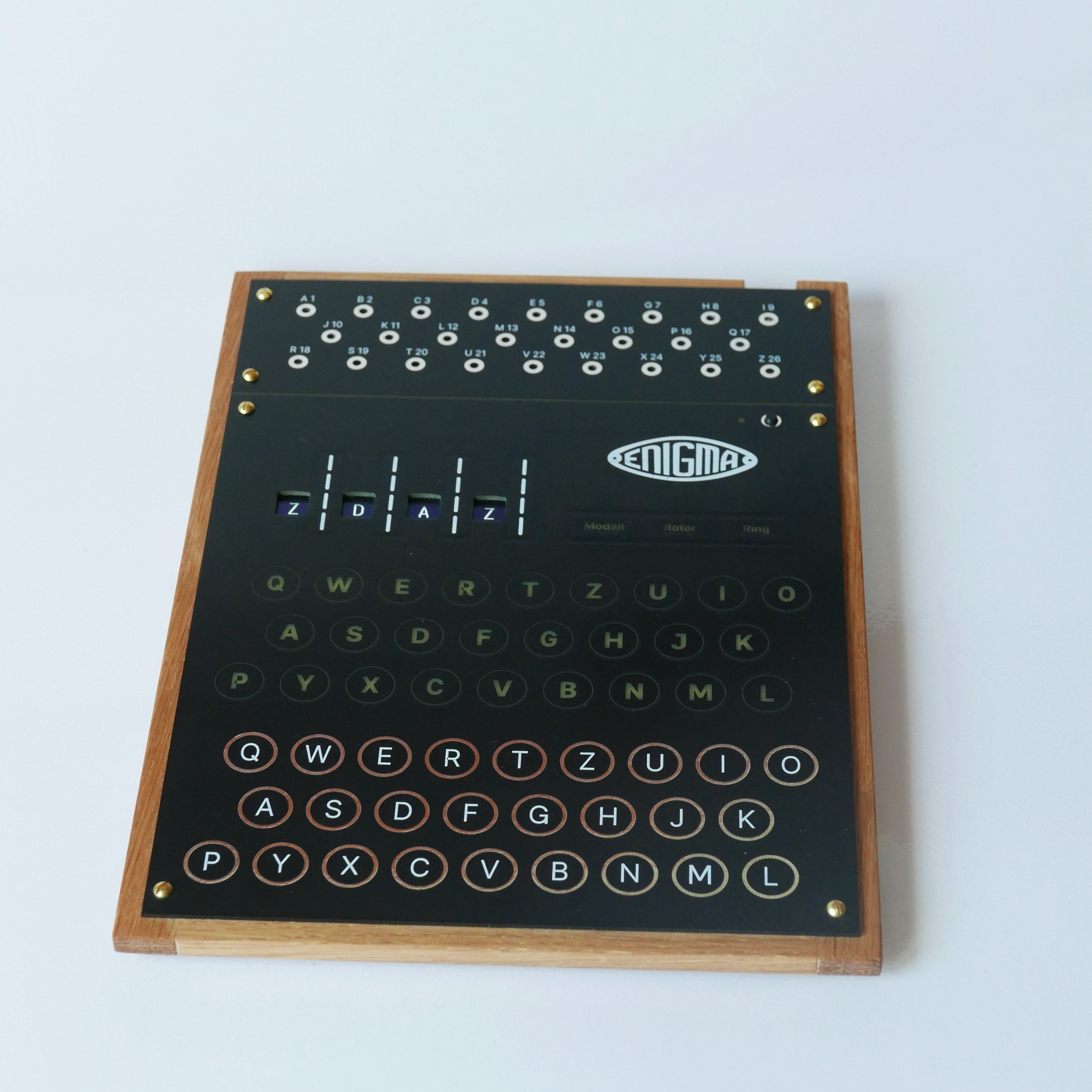
Originally developed in the early 20th century, the Enigma machine was the encryption device used by the German military during World War II. The breaking of its code at Bletchley Park also triggered the dawn of computing, and not only through the work of Alan Turing.
The Cipher That Shaped a War: Cracking Enigma's code marked one of the most significant intelligence breakthroughs of the 20th century, shortening the war significantly.
A Legacy of Logic: With the seemingly infinite combinations of its rotors and plugboard, breaking the Enigma's mechanical cryptography required mechanised computation, soon to be followed by electronic computation.
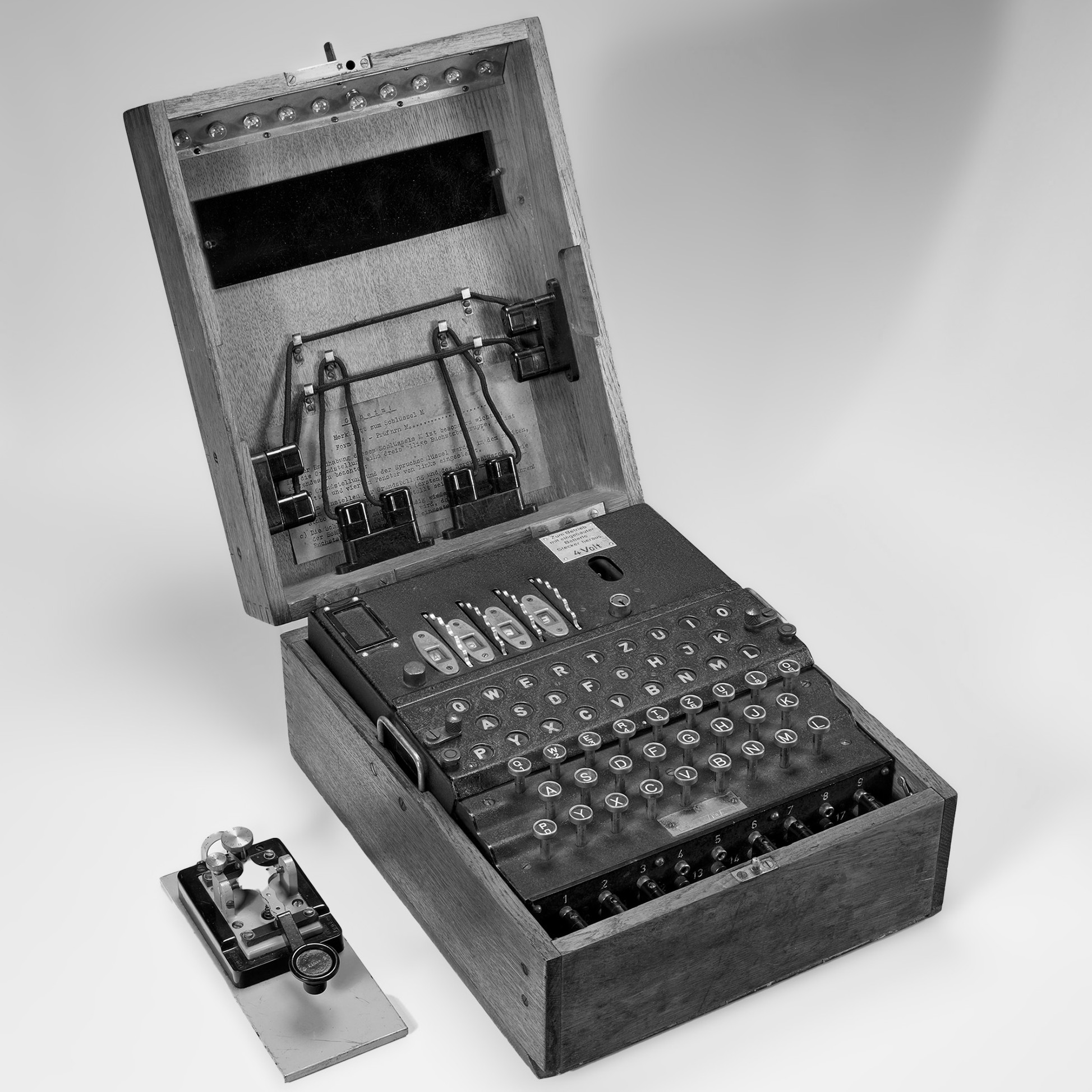
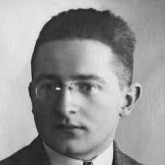

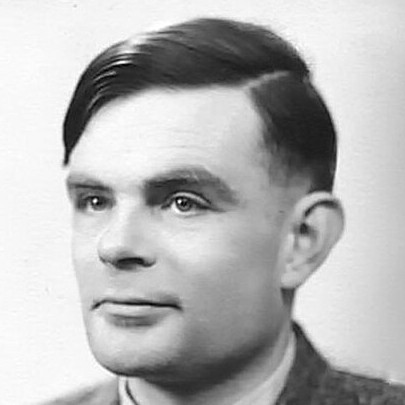

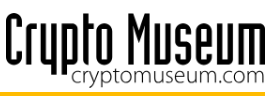
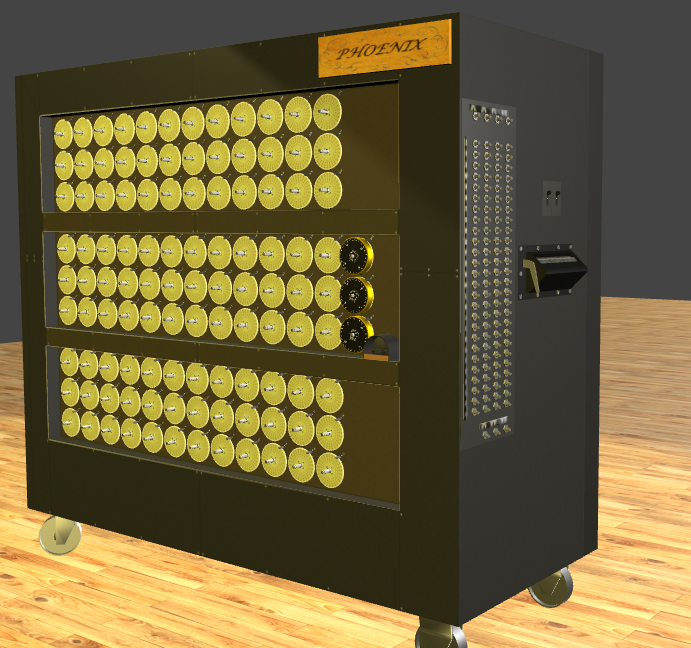
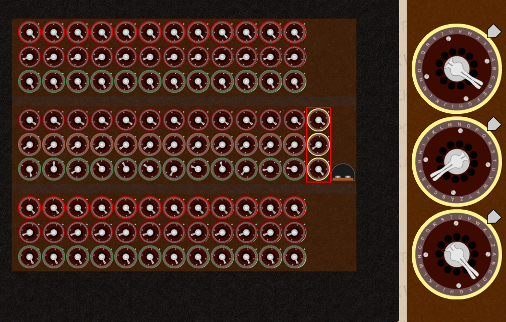
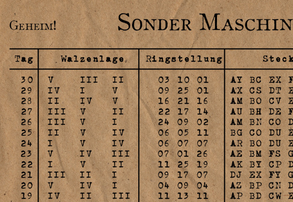
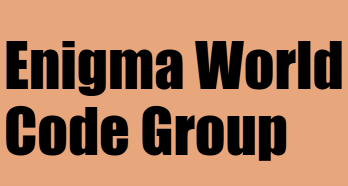

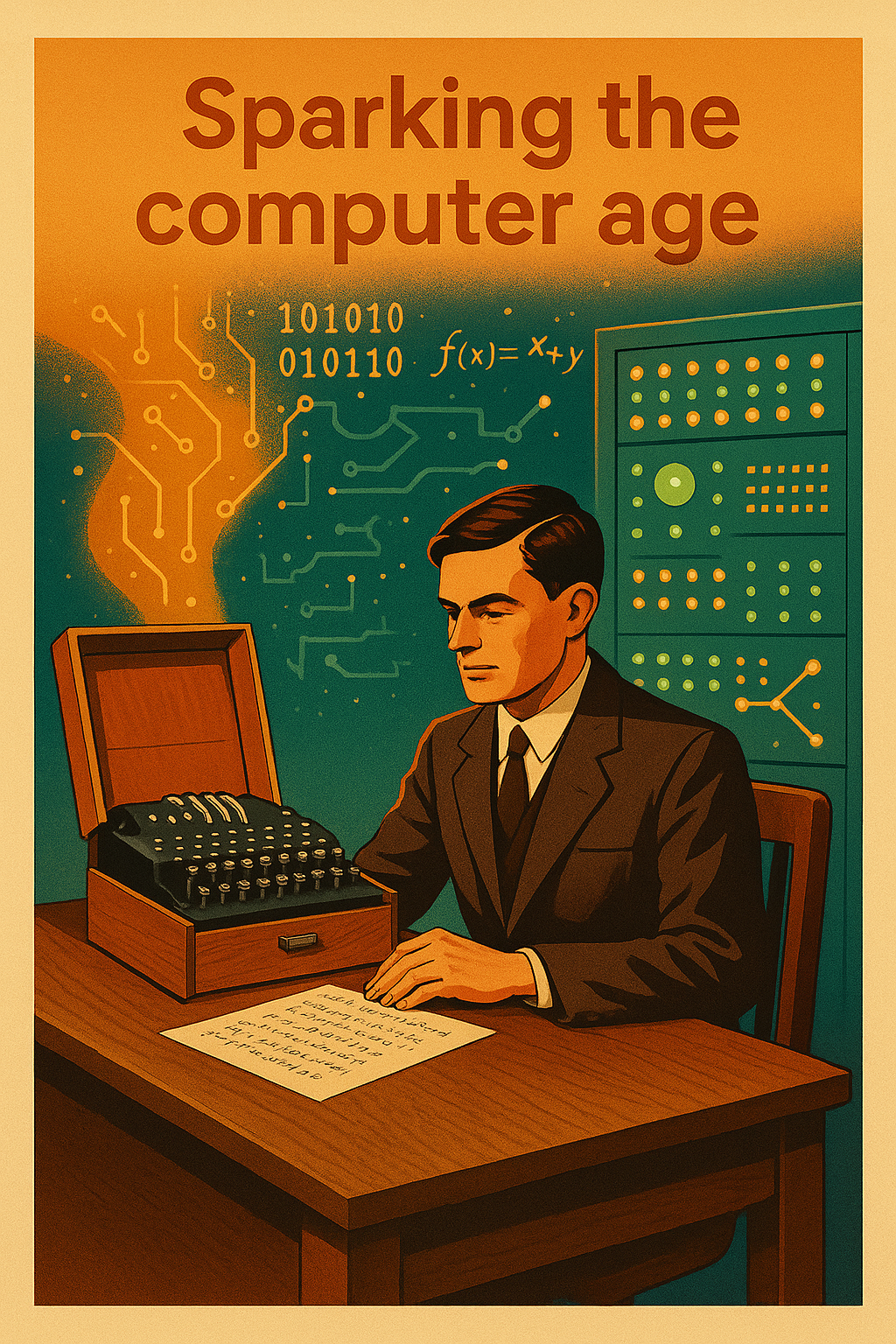 But the fight to break Enigma didn’t just change the outcome of the war—it sparked off the computer age. To deal with the sheer volume of the computational challenge, Alan Turing and fellow codebreakers at Bletchley Park designed sophisticated electromechanical machines, culminating in the development of Colossus—the world’s first programmable electronic digital computer. Though built primarily to break other German codes, Colossus and its predecessors were direct responses to the cryptographic challenges posed by Enigma.
But the fight to break Enigma didn’t just change the outcome of the war—it sparked off the computer age. To deal with the sheer volume of the computational challenge, Alan Turing and fellow codebreakers at Bletchley Park designed sophisticated electromechanical machines, culminating in the development of Colossus—the world’s first programmable electronic digital computer. Though built primarily to break other German codes, Colossus and its predecessors were direct responses to the cryptographic challenges posed by Enigma.
